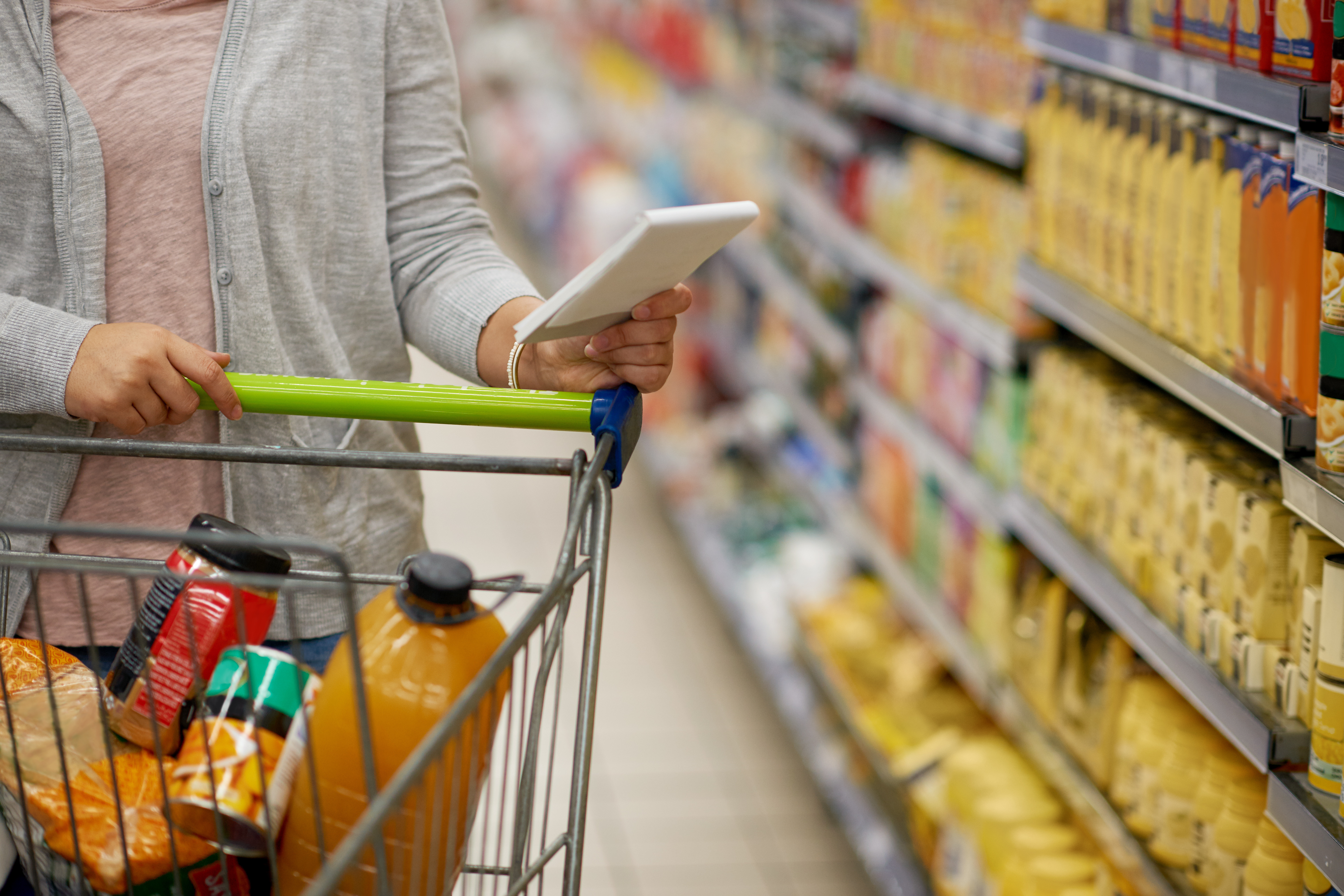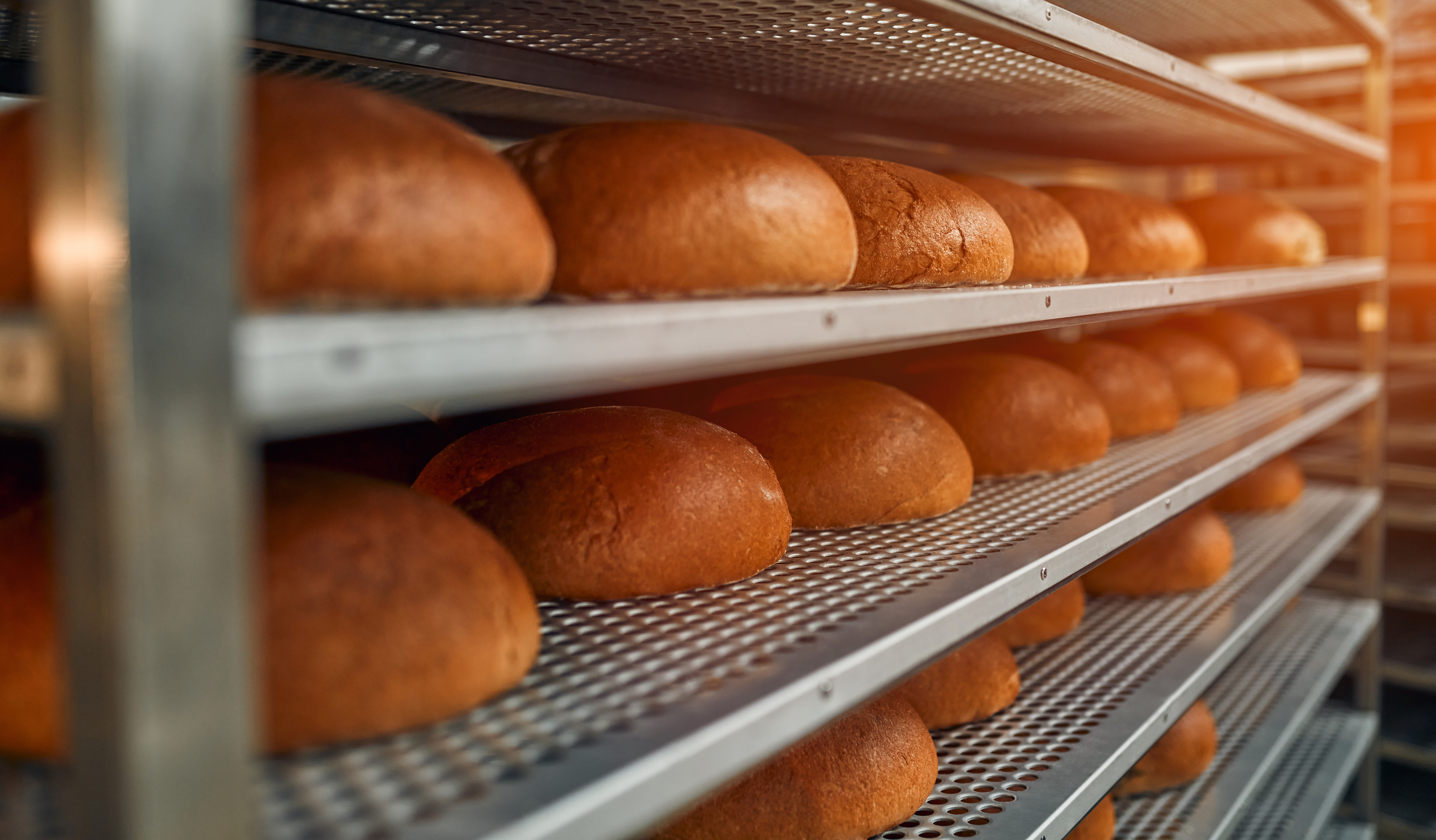Innovating on Food Waste and the Role SQF Certification Plays in Upcycling Foods
Ever make breadcrumbs out of stale bread? If yes, you are an Upcycler! Upcycled foods use ingredients that otherwise  would not have gone to human consumption, are procured, and produced using verifiable supply chains, and positively impact the environment. More and more, we see upcycling in large production environments which then crosses into food safety very quickly.
would not have gone to human consumption, are procured, and produced using verifiable supply chains, and positively impact the environment. More and more, we see upcycling in large production environments which then crosses into food safety very quickly.
The Food Revolution Network provided a quick read on this new environmental trend in the food industry with this interesting name: upcycling. The article outlines examples of ingredients that can be upcycled, including sub-grade produce (i.e., bruised apples, carrots that look like horror movie monsters, and misshapen tomatoes); scraps from food preparation (like onion skins and potato peels); and by-products from food processing. Upcycled food examples also include Chia Smash, a jam made with superfoods and upcycled fruits, and snack foods like Organic Banana Nubbins and Unsweetened Dried Mango sold by Imperfect Foods, using produce that would otherwise have gone to waste.
Developed by the Upcycled Food Association, the mark highlights upcycled ingredients and products procured and produced with surplus food or food by-products from manufacturing that use verifiable supply chains and positively impact the environment.
As you consider new product development utilizing upcycled ingredients, it’s important to keep sight of the ingredient's origins, how it may have been handled at its prior location and through distribution, and any potential spoilage risks or other hazards. The Food Safety System Elements of SQF certification guide you on the necessary steps to assess risk and ensure your new product intended for Upcycled Certification is as delicious and safe as your conventional products.
Assess your formula, is there enough of the upcycled ingredient available from your supplier to fulfill the production requirements, or will you need to approve alternate suppliers? Have you developed a specification for the parameters critical to quality and food safety to make supplier and distribution food safety expectations clear? Who are the suppliers, and what food safety controls and certifications do they have in place? Has the supplier controlled the potential hazards, or will you need to control them? Consider your allergen labeling, is the supplier site introducing allergen hazards that you need to include on the label?
These are just a few of the questions that following an SQF program will help ensure you get right in your adventure with new products for Upcycled Certification!
In this new 11-minute SQF Spotlight, you can understand SQF Certification's role in fulfilling a GFSI benchmarked food safety certification for those engaging in upcycling and the new Upcycled Certification from the Upcycled Food Association, a nonprofit working to prevent food waste by accelerating the upcycle food economy. You’ll also hear from their partner in certification, Validus, a division of Where Food Comes From, and a licensed SQF Certification Body. Combining SQF Food Safety and Quality Certification along with Upcycled Certified creates a strong foundation for maintaining food safety with the benefits of reducing food waste. Formulate confidence and consumer trust in your new Upcycled Certified products by requiring SQF Food Safety certification in your production facility and from your trusted suppliers.
Recent Blog Posts
The FMI Foundation, in partnership with SQFI, awarded 19 scholarships from 152 applications for the 2025-2026 Food Safety Auditing Scholarship program.
Private brands in the grocery industry are experiencing significant growth, evolving from budget alternatives to strategic assets that drive customer loyalty and distinguish retailers.
Recall prevention means embedding food safety throughout your operations so those failures never reach the customer.




